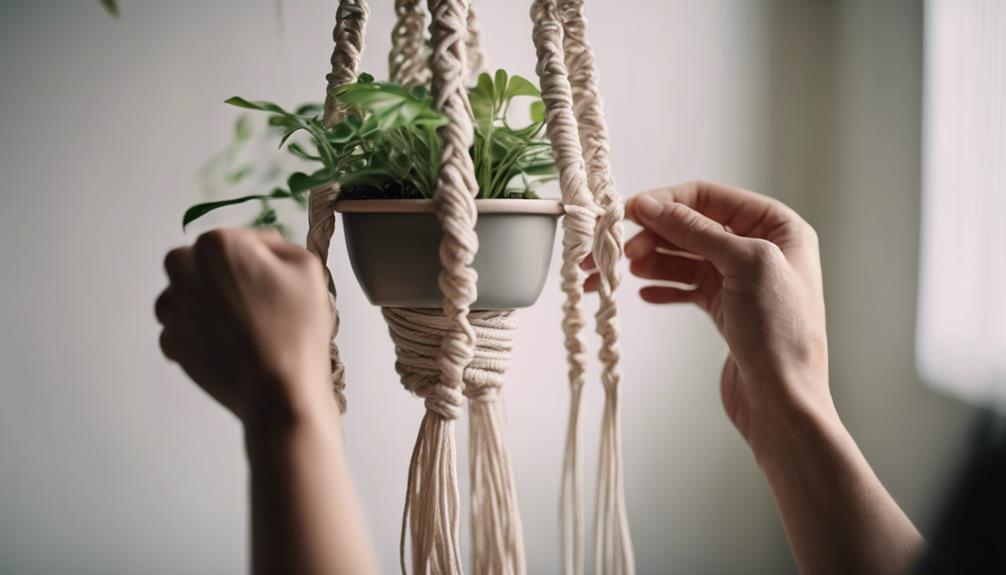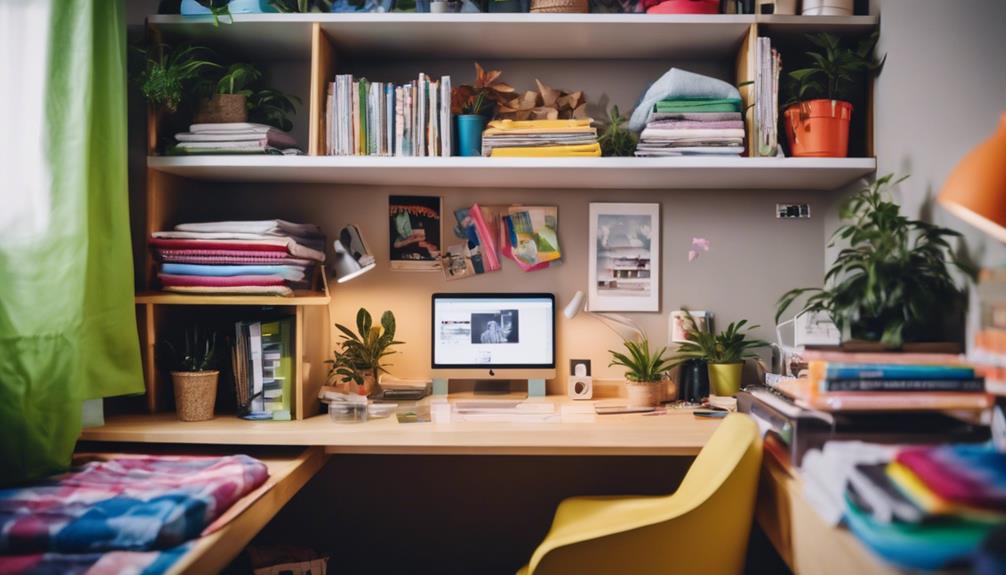Looking to enhance your living space quickly and easily? Add personalized touches by updating old wooden stools with fabric covers for a splash of color. Get imaginative with textile wall art using different fabrics and yarn for a one-of-a-kind look. Give furniture a new life with DIY makeovers such as painting, stenciling, or repurposing items. Make functional decor pieces using basic woodworking skills, like creating a DIY hanging shelf or using a repurposed door as an affordable headboard. Explore wall decor ideas like felt ball art or a modern plant hanger. Elevate your home with straightforward DIY projects that bring both style and personality.
Key Takeaways
- Incorporate fabrics and yarn for personalized home decor.
- Revamp furniture with paint, stencils, or decals.
- Create functional decor using woodworking skills.
- Explore DIY wood projects for a personalized touch.
- Enhance walls with creative and simple decor ideas.
Textile Crafts
Get creative with textile crafts by incorporating fabrics, yarn, and threads into your home decor projects. DIY projects offer a fantastic opportunity to infuse your space with personalized decor that reflects your unique style.
Textile crafts aren't only versatile but also budget-friendly, making them an excellent choice for enhancing your living space without breaking the bank.
Consider revamping your wooden stools with fabric covers to add a pop of color and texture to your kitchen or dining area. You can easily customize the fabric to complement your existing decor or create a statement piece.
Another fun idea is to create textile wall art using different fabrics and yarn. This DIY project allows you to showcase your creativity while adding a touch of softness and warmth to your walls.
With textile crafts, the possibilities are endless, and you can easily tailor each project to suit your taste and home aesthetic. Explore different techniques and experiment with various materials to create stunning pieces that will elevate your home decor.
Furniture Makeovers
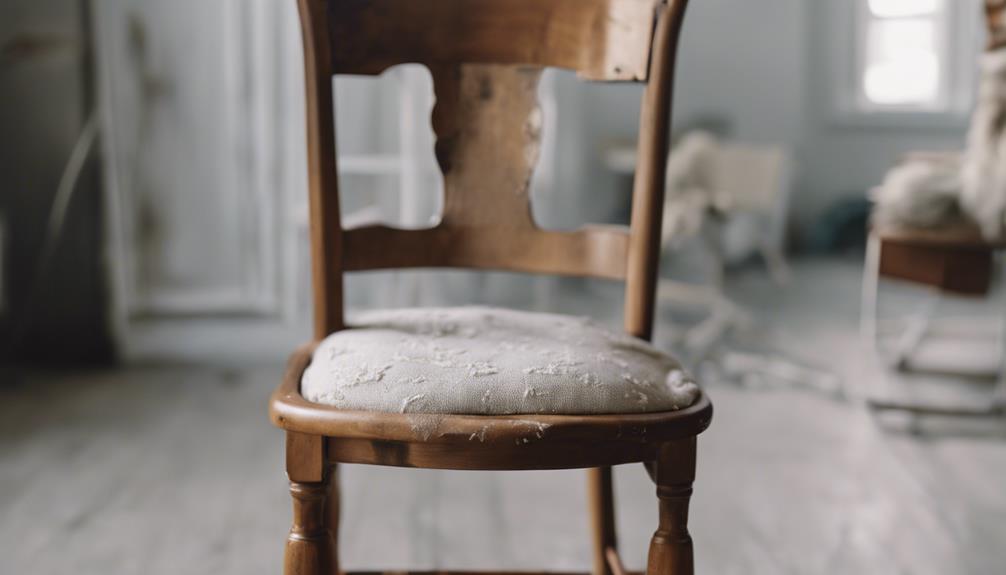
Transform your furniture with simple makeovers that can breathe new life into your home decor. DIY furniture makeovers are a fun and easy way to refresh your space on a budget.
With just a can of paint or some creative repurposing, you can give your old pieces a fresh and personalized look. Consider revamping an old coffee table by painting it a bold color or staining it for a more natural finish. For a unique touch, try adding stencils or decals to create a one-of-a-kind design.
Another creative idea is to transform a vintage globe into a stylish bar cart by painting it in metallic hues or adding a custom stand. DIY file cabinet makeovers are also a great project to add a personalized touch to your home office.
Explore different painting techniques, swap out hardware, or decoupage the cabinet for a fun and functional upgrade. Get inspired to get crafty with these easy and creative furniture makeover ideas!
Functional Decor Projects

Wondering how to add both style and functionality to your home decor? Immerse yourself in these DIY home decor projects that incorporate wood and basic woodworking skills to create functional decor pieces that will elevate your space:
- Craft a DIY Hanging Shelf using wood and rope for a chic and practical wall decor piece that can showcase plants or decorative items.
- Repurpose old materials like a door or fabric to create a budget-friendly DIY Headboard, adding a personalized touch to your bedroom while enhancing functionality.
- Transform an unused door into a unique DIY Desk, combining style and utility for a functional decor addition to your home office or workspace.
Whether it's a rustic blanket ladder or a stacked log fireplace insert, these projects offer both aesthetic appeal and practicality, making them perfect for a cozy and stylish home upgrade.
Woodworking Projects
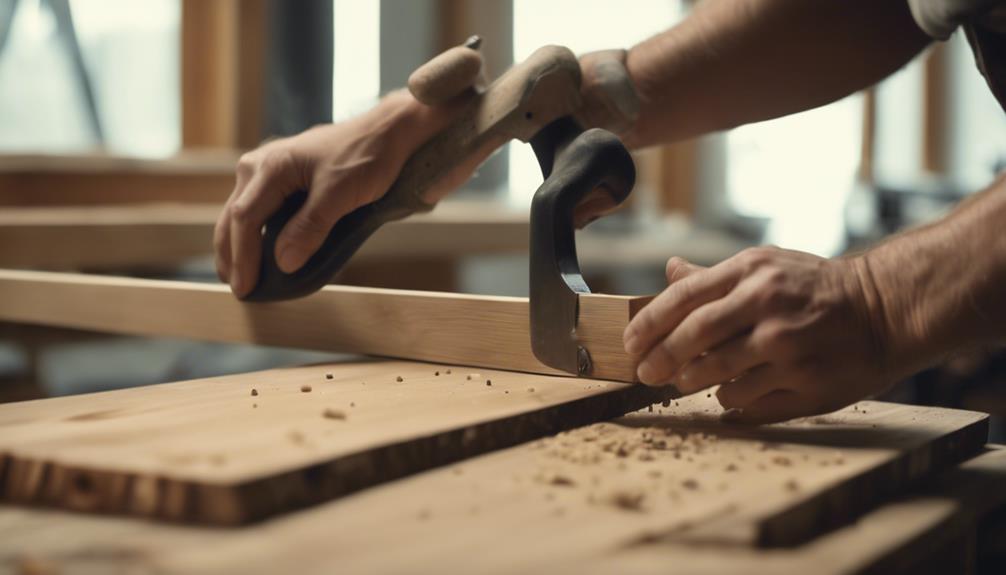
Woodworking projects involve crafting furniture, decor, and functional items using various tools and techniques with wood as the primary material. DIY wood projects cater to both beginners and advanced crafters. For beginners, simple projects like a floating shelf or a wooden tray are great starting points to hone your skills. As you advance, you can tackle more complex woodworking projects such as a custom coffee table or a set of unique bookshelves.
Woodworking tools like saws, drills, and sanders are essential for bringing your DIY decor ideas to life. The beauty of woodworking lies in the ability to customize and personalize your creations to suit your taste and home decor style. This creative hobby not only allows you to express your individuality but also adds a touch of warmth and uniqueness to your living space.
Whether you prefer rustic charm or modern elegance, woodworking projects offer a versatile way to enhance your home decor.
Wall Decor Ideas
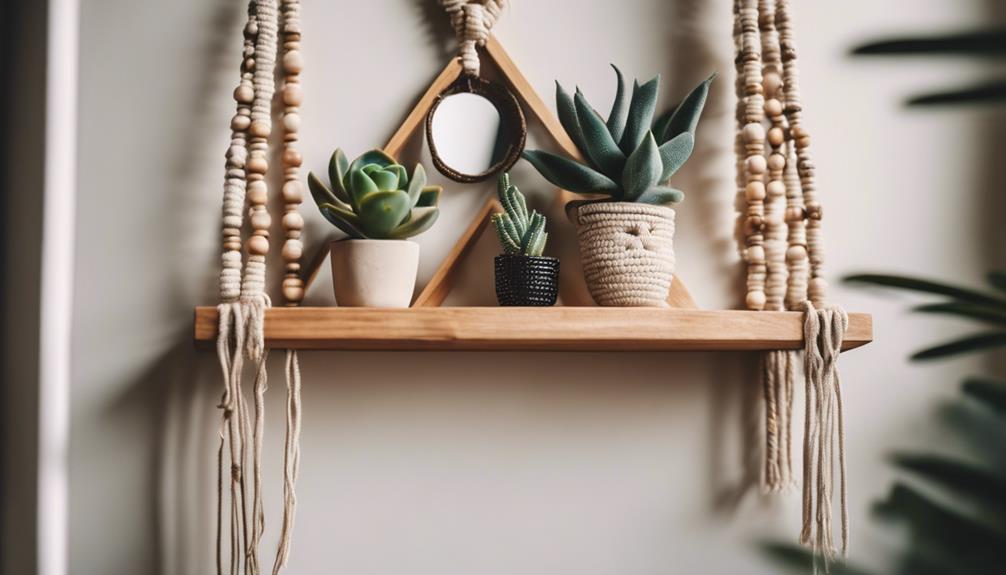
Enhance your living space with creative wall decor ideas that add personality and style to your home. Here are some simple DIY projects to spruce up your walls:
- Create a DIY wall art piece using felt balls and embroidery to make colorful and cute personalized decor that will brighten up any room.
- Make a modern DIY plant hanger using simple materials for an easy-to-make and budget-friendly way to display your favorite greenery.
- Try your hand at a personalized door mat project by painting a plain mat with colorful designs for a simple and modern DIY touch that will welcome guests with style.
These colorful painted projects and personalized touches will transform your walls into unique and eye-catching displays. Let your creativity shine with these fun and easy wall decor ideas!
Frequently Asked Questions
How to Make Easy Home Decoration?
Making easy home decorations is simple. Get creative with everyday items like mason jars or fabric scraps. Try techniques like painting or simple sewing. Incorporate natural elements for a cozy vibe. Experiment with styles to find your perfect match. For example, you could try making your own hanging planters from mason jars or creating a unique table runner out of fabric scraps. Handmade home decor items add a personalized touch to your space and can also be great conversation starters when guests come over. Don’t be afraid to try new ideas and let your creativity shine through in your home decorations.
How to Decorate Your Home With Simple Things?
Like painting a canvas with simplicity, decorate your home with everyday items. Transform mason jars, frames, and textiles into personalized art. Upcycle thrifted treasures for charm. Embrace boho vibes with macrame or trendy terrazzo coasters. Be creative!
How Can I Decorate My House Fast?
Decorate your house fast by painting accent walls, adding removable wallpaper, incorporating plants, and updating with new throw pillows and rugs. Swap out hardware, switch up light fixtures, and add stylish knobs for a quick home decor refresh.
What Can I Make at Home Easy Crafts?
Spruce up your space with homemade charm! Whip up a tassel throw blanket, jazz up a wooden stool, glamorize mason jars, revamp a coffee table, or upgrade a file cabinet. Easy crafts await your creative touch!
Conclusion
So there you have it – easy and quick home decor crafts that you can start on right now!
From textile crafts to woodworking projects, there are endless possibilities to add a personal touch to your living space.
Get creative and have fun with these DIY projects.
Who knows, your next masterpiece could be the perfect addition to your home decor!
